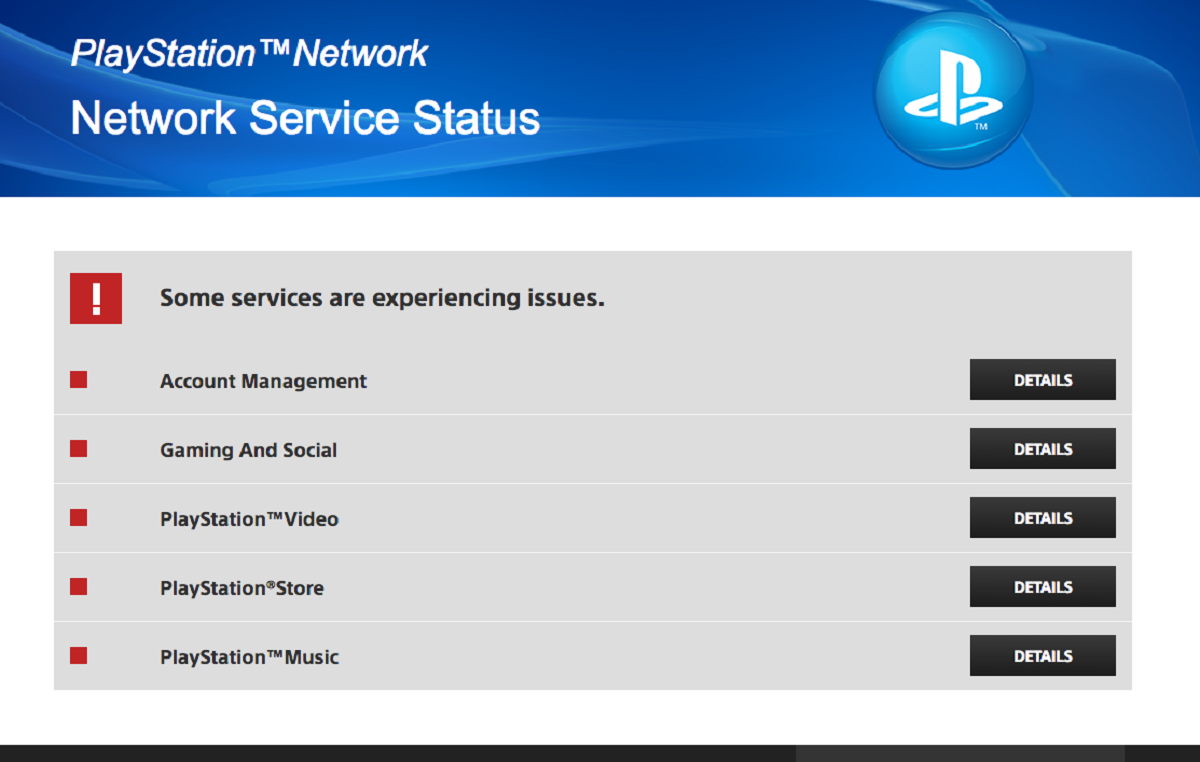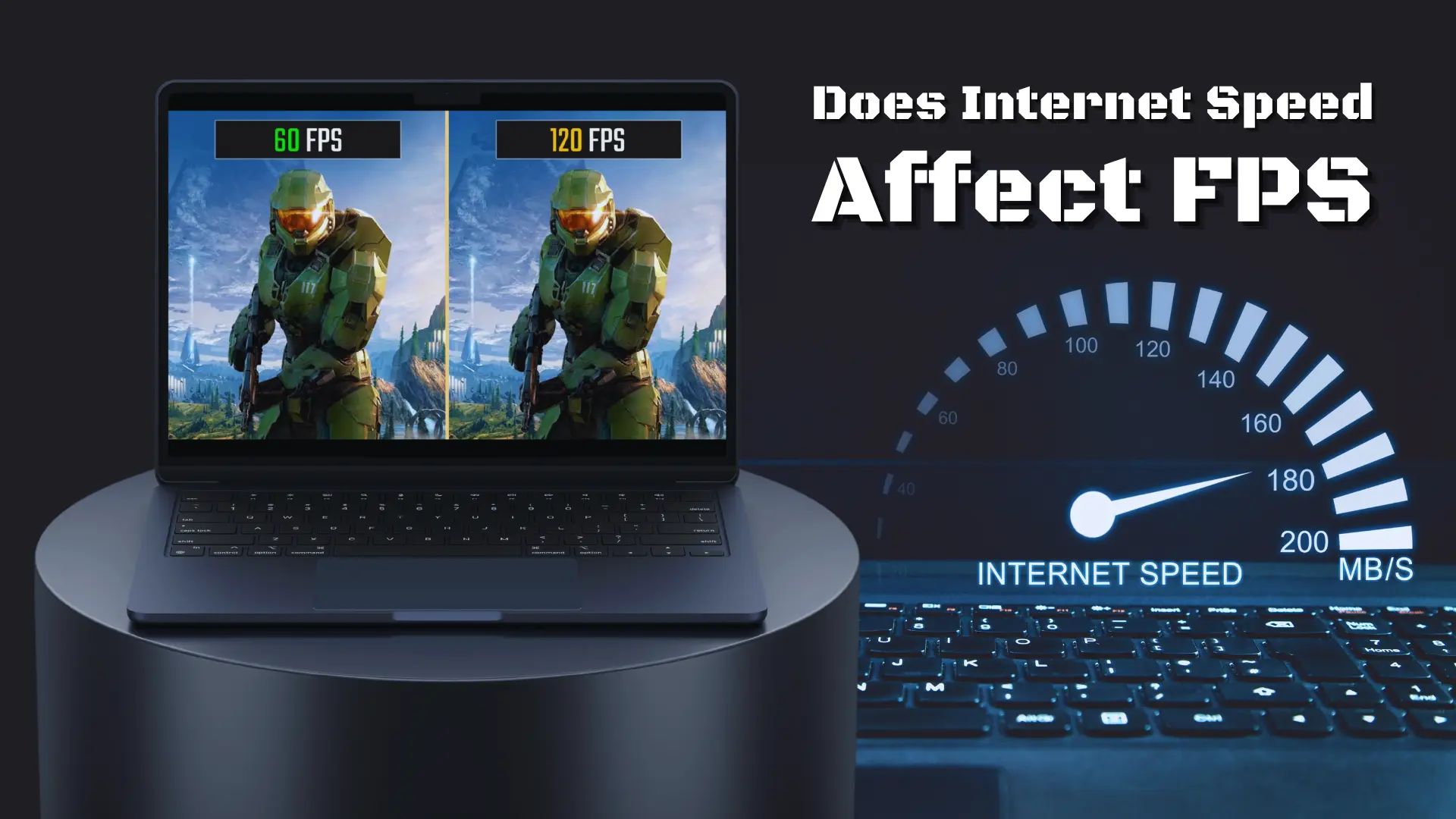Virtual Reality (VR)
Virtual Reality (VR) is a groundbreaking technology that has revolutionized the online gaming industry. With the use of specialized headsets, players can immerse themselves in a virtual world, experiencing a sense of presence as if they are actually inside the game. This technology has created a whole new level of gaming experience, blurring the line between reality and virtuality.
VR gaming offers a truly visceral and interactive experience, allowing players to explore virtual environments, engage in realistic gameplay, and interact with objects and characters in a way that was never before possible. The ability to physically move and interact in a virtual space adds a whole new dimension to gaming, increasing the sense of immersion and making it an incredibly immersive and engaging experience.
One of the most significant advantages of VR gaming is its ability to provide a sense of presence and realism. With the help of advanced tracking technology and motion controllers, players can physically interact with the virtual environment, whether it’s shooting enemies, solving puzzles, or exploring vast landscapes. This level of immersion, coupled with high-quality graphics and sound, creates an unparalleled gaming experience that truly transports players into another world.
Furthermore, VR gaming has opened up new possibilities for multiplayer experiences. Players can join friends or strangers in virtual worlds, collaborating or competing in various games and activities. This social aspect adds a whole new dimension to online gaming, as players can interact with others in real-time, fostering social connections and enhancing the overall experience.
While VR gaming is still in its early stages, it continues to evolve rapidly. Advances in technology have made VR more accessible and affordable, with a wide range of VR headsets available to cater to different budgets and preferences. As the technology improves and becomes more widespread, we can expect to see even more innovative and immersive VR gaming experiences in the future.
Augmented Reality (AR)
Augmented Reality (AR) is another revolutionary technology that has had a significant impact on online gaming. Unlike Virtual Reality (VR), which creates entirely virtual worlds, AR overlays virtual elements onto the real world, enhancing the gaming experience by blending virtual and real-world elements.
AR gaming utilizes smartphones or specialized headsets to provide players with a unique and immersive experience. By using the device’s camera and sensors, virtual objects and characters can be projected onto the real-world environment, allowing players to interact with them in real time. This integration of virtual and real-world elements creates an exciting and dynamic gaming experience.
One of the most popular examples of AR gaming is Pokémon Go. In this game, players use their smartphones to capture virtual Pokémon characters that appear in real-world locations. The game uses GPS technology to map the player’s real-time location and overlays virtual Pokémon onto the screen, encouraging players to explore their surroundings and interact with the virtual creatures.
AR gaming also opens up unique multiplayer possibilities. Players can team up or compete with others in real time, collaborating to solve puzzles, complete missions, or engage in virtual battles. This social aspect of AR gaming encourages interaction and engagement with other players, fostering a sense of community and enhancing the overall gaming experience.
One of the key advantages of AR gaming is its accessibility. Unlike VR gaming, which often requires specialized headsets, AR games can be played using smartphones or other handheld devices that are readily available to a wide audience. This accessibility has contributed to the widespread popularity and adoption of AR gaming.
As AR technology continues to advance, we can expect to see even more immersive and realistic gaming experiences. With the integration of advanced sensors, wearable devices, and 3D mapping technologies, AR gaming has the potential to create highly interactive and lifelike virtual worlds that seamlessly blend with the real world, offering a truly unique and captivating gaming experience.
Cloud-based Gaming
Cloud-based gaming has emerged as a game-changing technology in the online gaming industry. In this innovative approach, games are streamed to players over the internet, eliminating the need for traditional game downloads or installations. Instead, players can play games directly from the cloud, accessing them on various devices such as smartphones, tablets, or computers.
One of the key advantages of cloud-based gaming is its accessibility. With cloud gaming, players no longer need to worry about hardware requirements or storage limitations. The heavy processing and graphics rendering tasks are performed in the cloud, allowing players to enjoy high-quality gaming experiences without the need for expensive gaming rigs or consoles.
This technology also enables players to easily switch between devices. For example, a player can start a game on their computer and then continue playing on their smartphone or tablet seamlessly. This flexibility allows for uninterrupted gameplay and eliminates the constraints of being tied to a particular gaming device.
Additionally, cloud-based gaming eliminates the need for frequent game updates and patches. Since the games are stored and maintained in the cloud, developers can push updates and improvements directly to the game servers, ensuring that players always have access to the latest versions of their favorite games.
Furthermore, cloud gaming opens up new possibilities for multiplayer experiences. Players can easily connect and play games with friends or other players from around the world without dealing with complicated setup processes or network issues. This enhances the social aspect of gaming and fosters a sense of community among players.
While cloud gaming offers numerous advantages, it does come with some challenges. The most significant challenge is the potential for latency or lag, as the game data needs to be transmitted over the internet in real time. However, as internet infrastructure continues to improve and technology evolves, these challenges are being mitigated, leading to smoother gameplay experiences.
Cloud-based gaming has transformed the online gaming landscape, offering a convenient and accessible way for players to enjoy their favorite games. With the flexibility to play across devices, instant access to the latest updates, and seamless multiplayer experiences, cloud gaming is undoubtedly shaping the future of online gaming.
Live Streaming
Live streaming has emerged as a powerful and popular trend in the online gaming industry. With live streaming, gamers can broadcast their gameplay in real-time to an audience of viewers, allowing them to share their gaming experiences, interact with viewers, and build communities around their favorite games.
Platforms like Twitch and YouTube Gaming have revolutionized the way people consume and engage with gaming content. Gamers can stream their gameplay sessions, providing a window into their gaming world, showcasing their skills, and entertaining viewers with their commentary and reactions. This live interaction between streamers and viewers adds a new layer of engagement and entertainment to the gaming experience.
Live streaming has created a new generation of gaming celebrities, with popular streamers gaining massive followings and becoming influential figures in the gaming community. Through live streams, these streamers can connect with their audience in a more personal and direct way, fostering a sense of community and creating a loyal fan base.
One of the key benefits of live streaming is its potential for discovery and exposure. Viewers can discover new games, gain insights into different playstyles, and learn tips and tricks from experienced players. This exposure not only benefits the streamers, who can grow their audience and reach, but also game developers who can showcase their games to a wider audience.
Additionally, live streaming has opened up new opportunities for esports and competitive gaming. Major esports tournaments and events are often live-streamed, allowing fans from around the world to watch the action unfold in real-time. This has helped esports gain mainstream popularity and reach new audiences, leading to the growth of professional gaming and lucrative sponsorship deals.
Live streaming has also enhanced the social aspect of gaming. Viewers can interact with streamers and other viewers through chat functionalities, creating a sense of community and fostering discussions around the game being played. This social interaction allows gamers to connect with like-minded individuals, share their passion for gaming, and form friendships.
Furthermore, live streaming has become a platform for gaming-related content beyond gameplay. Streamers often host talk shows, interviews, and discussion panels, providing valuable insights and entertainment to their viewers. This diversification of content has made live streaming a hub for gaming-related discussions and entertainment.
Overall, live streaming has transformed the way we consume and engage with gaming content. It has become an integral part of the gaming community, providing entertainment, connection, and educational value. As technology continues to evolve, we can expect live streaming to further innovate and shape the future of online gaming.
Artificial Intelligence (AI)
Artificial Intelligence (AI) has made a significant impact on the online gaming industry, transforming the way games are played, developed, and experienced. AI technology has the ability to enhance gameplay mechanics, provide more realistic and dynamic environments, and even create intelligent non-player characters (NPCs) that can adapt and learn.
One of the key applications of AI in gaming is the development of intelligent NPCs. AI-powered NPCs can exhibit human-like behavior, making them more challenging and engaging opponents for players. These NPCs can analyze player behavior, adjust their strategies, and respond dynamically to changes in the game environment, leading to more immersive and realistic gameplay experiences.
AI algorithms can also be used to enhance game mechanics and create more intelligent game systems. For example, AI can be utilized to generate procedural content, such as maps, levels, and quests, ensuring that players have a unique and diverse gaming experience every time they play. AI can also be used to optimize game difficulty, ensuring that players are consistently challenged but not overwhelmed.
In addition to enhancing gameplay, AI technology has enabled the development of realistic and dynamic virtual worlds. AI algorithms can simulate complex ecosystems, weather patterns, and physics-based interactions, creating immersive and realistic environments for players to explore. This level of realism adds depth and authenticity to the gaming experience, making it more captivating and enjoyable.
AI has also revolutionized player customization and personalization in games. With AI-powered algorithms, games can analyze player preferences and behaviors to provide personalized recommendations, content, and experiences. This allows players to have a more tailored and immersive gaming experience, as the game adapts to their individual playing style and preferences.
Furthermore, AI can play a crucial role in improving the overall gaming experience by optimizing resource allocation, reducing load times, and minimizing latency. By analyzing real-time data, AI algorithms can make intelligent decisions to optimize game performance and ensure a smooth and seamless gaming experience for players.
As AI technology continues to advance, we can expect even more exciting applications in the online gaming industry. From AI-powered virtual assistants that provide in-game guidance and support to AI-generated narratives and storylines, the potential for AI to transform and enhance the gaming experience is vast.
Overall, the integration of AI in online gaming has provided new opportunities for immersive gameplay, intelligent virtual environments, and personalized experiences. As AI technology continues to evolve, we can expect it to play an increasingly vital role in shaping the future of online gaming.
Blockchain Technology
Blockchain technology has emerged as a disruptive force in various industries, and the online gaming sector is no exception. The decentralized and transparent nature of blockchain has the potential to revolutionize the way games are developed, distributed, and monetized.
One of the key applications of blockchain in gaming is the concept of non-fungible tokens (NFTs). NFTs are unique digital assets that can represent in-game items, characters, or even entire virtual worlds. These tokens are stored on the blockchain, ensuring ownership and authenticity. Players can buy, sell, and trade NFTs with other players, creating a digital marketplace where ownership of virtual assets has real value.
The use of blockchain technology in gaming also addresses the issue of digital rights management. With blockchain, developers can securely authenticate and transfer ownership of in-game items, ensuring that players have full control and ownership over their virtual possessions. This eliminates the risk of items being hacked, stolen, or duplicated, providing a more secure and trustworthy gaming environment.
Additionally, blockchain technology allows for improved transparency and fairness in online gaming. By storing game data and transactions on a decentralized ledger, players can verify the fairness of game outcomes and ensure that there is no manipulation or cheating. This enhances trust and confidence in the gaming experience, fostering a more enjoyable and reliable environment for players.
Blockchain technology also has the potential to disrupt the traditional gaming distribution model. With blockchain-based platforms, developers can distribute games directly to players, eliminating the need for intermediaries and reducing distribution costs. This opens up new opportunities for indie developers to reach a wider audience and retain a larger share of the revenue generated from their games.
Furthermore, blockchain-based crowdfunding has gained popularity in the gaming industry. Through Initial Coin Offerings (ICOs) or Security Token Offerings (STOs), developers can raise funds for game development and offer tokens to investors. This enables greater community involvement and allows players to have a stake in the success of a game.
While blockchain technology in gaming is still in its early stages, it has the potential to reshape the industry by providing players with true ownership of virtual assets, ensuring transparency and fairness, and revolutionizing the distribution model. As the technology continues to evolve and new applications emerge, we can expect to see even more innovative and transformative use cases of blockchain in online gaming.
Cross-platform Gaming
Cross-platform gaming has become increasingly popular in the online gaming industry, allowing players to enjoy their favorite games across different devices and platforms. With cross-platform gaming, players can seamlessly play with or against others, regardless of whether they are using a gaming console, PC, or mobile device.
One of the key advantages of cross-platform gaming is its ability to bring players together. Traditionally, gaming communities were divided based on the platform they used, limiting the pool of players they could interact with. However, with cross-platform gaming, players from different platforms can connect and play together, forging new friendships and expanding the gaming community.
Cross-platform gaming also provides greater flexibility and convenience for players. Players can start a game on one platform and continue playing on another, without losing progress or having to purchase multiple copies of the game. This flexibility allows players to enjoy their gaming experience on their preferred platform, without being limited by compatibility constraints.
Furthermore, cross-platform gaming promotes healthy competition and challenges. Players from different platforms can compete against each other, showcasing their skills and striving for victory. This cross-play environment fosters a diverse and dynamic gaming community, where players can learn from each other and engage in exciting gaming experiences.
In addition, cross-platform gaming breaks down barriers and enhances accessibility. Players no longer need to invest in specific gaming consoles or high-end PCs to enjoy multiplayer gaming experiences. Mobile gamers, console players, and PC gamers can all connect and play together, bridging the gap between different gaming communities and leveling the playing field.
Developers also benefit from cross-platform gaming as it expands the potential player base for their games. By enabling cross-play functionality, developers can attract a larger audience and create a more vibrant and active player community. This has the potential to increase the longevity of games and generate more revenue through in-game purchases and expansions.
While cross-platform gaming has been embraced by many developers and players, it does come with its challenges. Ensuring balance and fairness between different platforms, optimizing gameplay mechanics across various devices, and addressing technical compatibility issues are some of the hurdles that need to be overcome for a seamless cross-platform gaming experience.
Overall, cross-platform gaming has transformed the online gaming landscape, connecting players across different platforms and providing a more inclusive and diverse gaming experience. As technology continues to advance, we can expect to see more games adopting cross-platform functionality, further expanding the possibilities and enjoyment of online gaming.
Enhanced Graphics and Visuals
Enhanced graphics and visuals have played a significant role in the evolution of online gaming, pushing the boundaries of realism and immersing players in visually stunning virtual worlds. The advancements in technology have allowed game developers to create highly detailed and visually captivating environments, characters, and special effects.
One of the key factors driving enhanced graphics is the improvement in hardware capabilities. Powerful graphics processing units (GPUs) and high-resolution displays have enabled developers to create games with realistic textures, detailed 3D models, and lifelike animations. This level of graphical fidelity enhances the overall immersion and brings games to life.
Additionally, advancements in lighting and shading technologies have made a significant impact on visuals. Real-time global illumination, dynamic lighting, and advanced particle effects have resulted in more realistic and cinematic experiences. Lighting conditions can dynamically change in response to in-game events, creating visually stunning scenes and enhancing the overall atmosphere of the game.
Furthermore, advancements in animation technology have made character movements more fluid and lifelike. Motion capture technology allows developers to capture real-world movements and translate them into the game, creating more realistic and natural character animations. This level of detail in character movements adds depth and believability to the gaming experience.
The use of high-resolution textures and detailed environmental design has also contributed to enhanced graphics in games. From realistic landscapes to intricate interior settings, games can now offer breathtaking visuals that transport players into rich and visually immersive worlds. The attention to detail in textures and environmental design creates a sense of realism and adds to the overall immersion.
Furthermore, the incorporation of advanced special effects adds an extra layer of visual appeal to games. Realistic water simulations, dynamic weather conditions, particle effects, and physics-based destruction are just a few examples of the visual enhancements that make games more visually captivating. These effects not only add to the realism but also create more engaging and awe-inspiring moments for players.
Improved graphics and visuals have not only elevated the gaming experience but also opened up new storytelling possibilities. With the ability to create visually stunning cinematics and cutscenes, developers can deliver a more immersive narrative experience. This cinematic approach to storytelling enhances the emotional impact and deepens the connection between players and the game’s world.
As technology continues to evolve, we can expect graphics and visuals in online gaming to become even more realistic and breathtaking. From ray tracing to virtual reality integration, the future holds exciting possibilities for enhanced graphics that will continue to blur the line between the virtual and the real.
In-game Purchases and Microtransactions
In recent years, in-game purchases and microtransactions have become prevalent in the online gaming industry. These features allow players to purchase virtual goods, items, or additional content within a game, either through real-money transactions or in-game currency. While controversial, in-game purchases and microtransactions have significantly impacted the way games are monetized and experienced.
One of the key benefits of in-game purchases is that they provide developers with a sustainable revenue stream beyond the initial purchase of the game. This model allows developers to release free or low-cost games, making them more accessible to a wider audience. Players can then choose to purchase additional content or cosmetic items to enhance their gaming experience.
Microtransactions, in particular, offer players the opportunity to customize their characters, personalize their gameplay experiences, or access exclusive or premium content. These purchases often include cosmetic items such as skins, outfits, or emotes, which do not affect the gameplay itself but allow players to personalize and express themselves within the game.
Furthermore, in-game purchases and microtransactions have contributed to the ongoing support and development of games. The revenue generated from these transactions can be reinvested in updating and expanding the game, providing players with ongoing content updates, expansions, and new features. This helps to keep the game fresh and engaging for players over an extended period.
However, the implementation of in-game purchases and microtransactions has also raised concerns. One issue is the potential for a pay-to-win situation, where players who spend more money gain a significant advantage over those who do not make additional purchases. This can create an imbalance and impact the overall fairness and competitiveness of the game.
Moreover, there has been criticism around loot boxes, a specific type of in-game purchase that offers a random selection of items or rewards. Some argue that this mechanic resembles gambling, as players spend real money for a chance to obtain rare or desired items. This has led to discussions and debates regarding the regulation and ethical implications of such features.
Despite the controversies, in-game purchases and microtransactions continue to be a significant revenue stream in the industry. However, developers and publishers are increasingly being called upon to ensure that these features are implemented ethically and transparently, without compromising the core gameplay experience or creating unfair advantages for players.
In-game purchases and microtransactions have undoubtedly had a profound impact on the online gaming industry’s economy and revenue models. When implemented responsibly and without compromising gameplay integrity, they offer players the opportunity to customize and enhance their gaming experiences, while providing developers with the means to sustain ongoing game development and support.
Mobile Gaming
Mobile gaming has experienced immense growth and popularity in recent years, becoming a significant part of the online gaming industry. With the advancements in smartphone technology and the availability of high-quality games, mobile gaming has become more accessible and appealing to a broader audience.
One of the main advantages of mobile gaming is its convenience and portability. With smartphones, players can enjoy gaming on-the-go, whether during a commute, waiting in line, or simply relaxing at home. The accessibility and ease of playing on a mobile device have made gaming more integrated into people’s daily lives.
Mobile gaming has also tapped into a new market, attracting casual gamers who may not have previously engaged with traditional gaming platforms. The simplicity of mobile game mechanics, combined with the wide variety of genres and game styles available, has made mobile gaming more approachable and appealing to a wider audience.
Furthermore, the social aspect of mobile gaming has contributed to its popularity. Many mobile games offer multiplayer functionality, allowing players to connect and play with friends or other players from around the world. This social interaction enhances the gaming experience and fosters a sense of community among players.
Another factor contributing to the success of mobile gaming is the continuous development of high-quality games for mobile platforms. Game developers have optimized their titles specifically for mobile devices, taking advantage of touchscreen controls, gyroscope functionality, and other unique features that mobile devices offer. This has resulted in immersive and engaging gaming experiences.
Moreover, the rise of app stores and online marketplaces has provided a platform for developers to distribute their games directly to a vast audience. This accessibility has fueled the growth of indie game developers, allowing them to reach players worldwide and compete with larger game studios.
The popularity of mobile gaming has also led to the integration of cross-platform functionality, allowing players to play certain games across multiple devices. This flexibility offers players the option to start a game on their mobile device and continue playing on their computer or console, providing a seamless and uninterrupted gaming experience.
Despite the many advantages of mobile gaming, it does come with some challenges. The limitations of mobile hardware compared to dedicated gaming consoles or PCs can sometimes result in less complex graphics or limited processing power for certain types of games. However, advancements in technology continue to bridge this gap, as modern smartphones are becoming increasingly powerful.
Overall, mobile gaming has emerged as a dominant force in the online gaming industry. With its convenience, accessibility, diverse game offerings, and social interaction, mobile gaming continues to attract a broad audience and reshape the way people engage with games.
Voice Chat and Communication
Voice chat and communication have become integral components of the online gaming experience, allowing players to connect, strategize, and interact with one another in real time. With the advancement of technology, voice chat has transformed the way players communicate during gameplay, enhancing collaboration, teamwork, and social interaction.
One of the primary benefits of voice chat is its ability to facilitate effective and instant communication between players. Instead of relying solely on text-based communication, which can be time-consuming and limited in expressiveness, voice chat enables players to communicate with their teammates or opponents using their natural voices. This level of real-time communication fosters teamwork, coordination, and the ability to react quickly to in-game situations.
Voice chat also leads to stronger social connections within online gaming communities. By hearing each other’s voices, players can develop a sense of camaraderie and friendship, even if they are geographically distant. Conversations during gameplay often extend beyond the game itself, creating a platform for players to share stories, exchange advice, and build lasting relationships.
Moreover, voice chat enhances the overall gaming experience by promoting strategic planning and collaboration. In team-based games, players can communicate their tactics, coordinate strategies, and give immediate feedback to one another. This level of coordination and teamwork can create more immersive and rewarding gameplay experiences.
Additionally, voice chat allows for a more inclusive and accessible gaming experience. Players with visual impairments, language barriers, or disabilities that affect their ability to use text-based communication can participate fully in online gaming through voice chat. This accessibility fosters a more diverse and inclusive community of gamers.
However, it is essential to ensure that voice chat systems are moderated and monitored to prevent abusive or toxic behavior. Strict guidelines and policies must be in place to discourage harassment, hate speech, and inappropriate behavior. By promoting a respectful and inclusive gaming environment, voice chat can truly enhance the gaming experience for all players.
Furthermore, advancements in technology have given rise to voice recognition software and AI assistants within games. Voice recognition allows players to control in-game actions or interact with NPCs using voice commands. AI assistants can provide real-time guidance or facilitate in-game communication between players, creating a more immersive and interactive experience.
Overall, voice chat and communication have revolutionized the online gaming experience. By enabling real-time communication, fostering social connections, facilitating teamwork, and promoting inclusivity, voice chat has become an essential tool for players to engage and interact with one another, enhancing the overall enjoyment and immersion of online gaming.

























